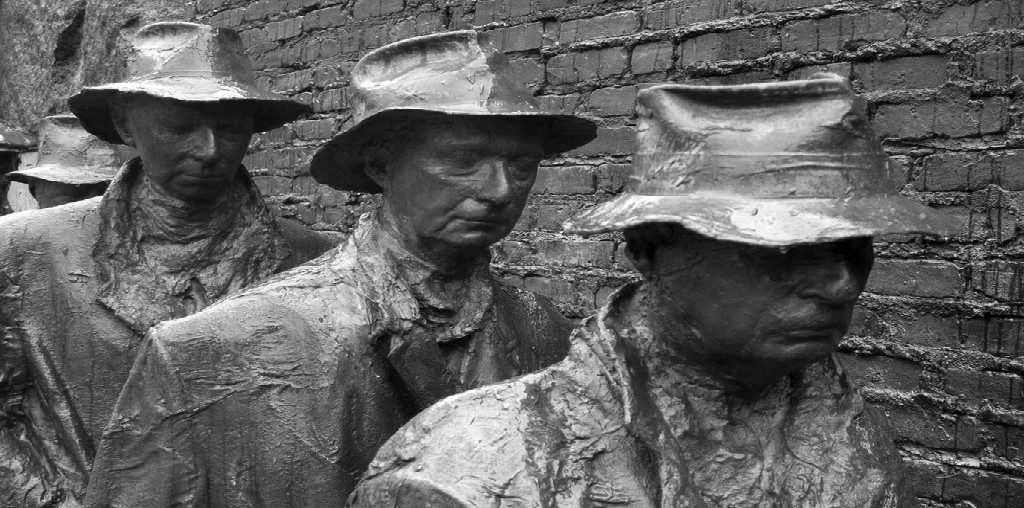The unemployment rate in southwestern Pennsylvania continues to fall but can’t quite keep up with the national rate.
The Pittsburgh Metropolitan Statistical Area’s unemployment rate decreased from 5.6 percent in October 2016 to 4.7 percent in October 2017. The national unemployment rate is 4.1 percent.
“Historically, it’s a low rate,” said Chris Briem, regional economist at the University of Pittsburgh Center for Social and Urban Research. “But the national rate is lower, so that means that people aren’t going to be flocking to Pittsburgh even if there’s better opportunities here locally.”
While economists debate what constitutes full employment, the consensus is the region is either at full employment or close to it.
Within the region, the labor market and employment vary widely. Allegheny and Butler County had the lowest unemployment rate at 4.3 percent, while Fayette County continues to have the highest rate at 6.3 percent.
From October 2016 to October 2017, the number of people in the labor force decreased by 27,400 while the number of unemployed decreased by 18,200.
“Lots of things go into the size of the labor force,” said Briem. “The flows of that labor force go well beyond people being discouraged or dropping out. Every year more people age into the labor force, retire from the labor force, or have life transitions that take them out of the labor force.
“And those flows are quite large and often swamp the number of those who are long-term unemployed, or, for whatever reason, stop looking for work.”
While the labor force overall has been stable, the lack of growth underscores some of the region’s population challenges. Pittsburgh is a region that has experienced tepid population growth. Places that are seeing growth in the labor force are also experiencing greater numbers of people moving in.
“I think the challenge to growing the labor force in the future is about attracting workers from other regions,” said Briem. “And it’s more difficult currently because the national economy has bounced back and migration rates in the U.S. remain low, so the pool of people who might show up is small.”





